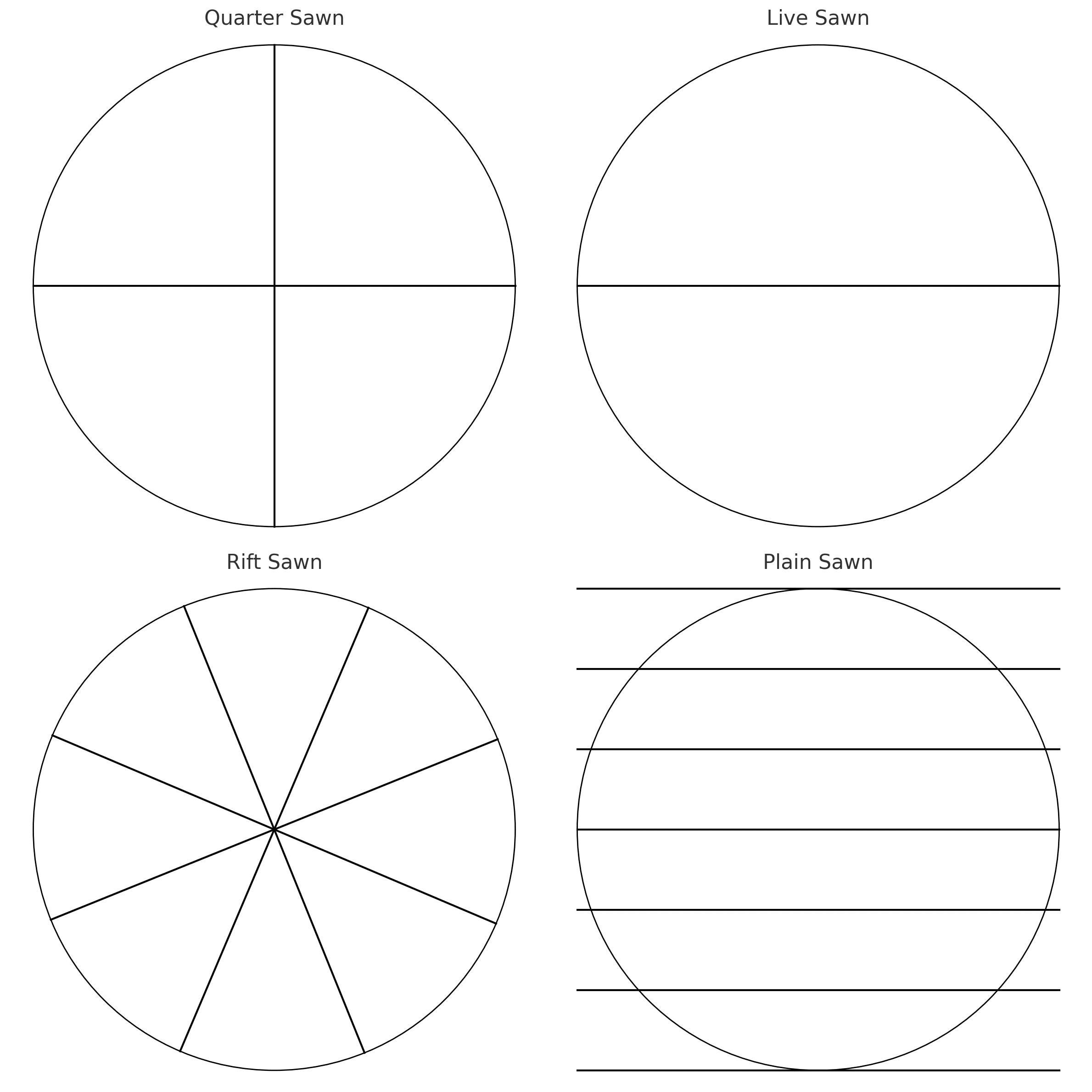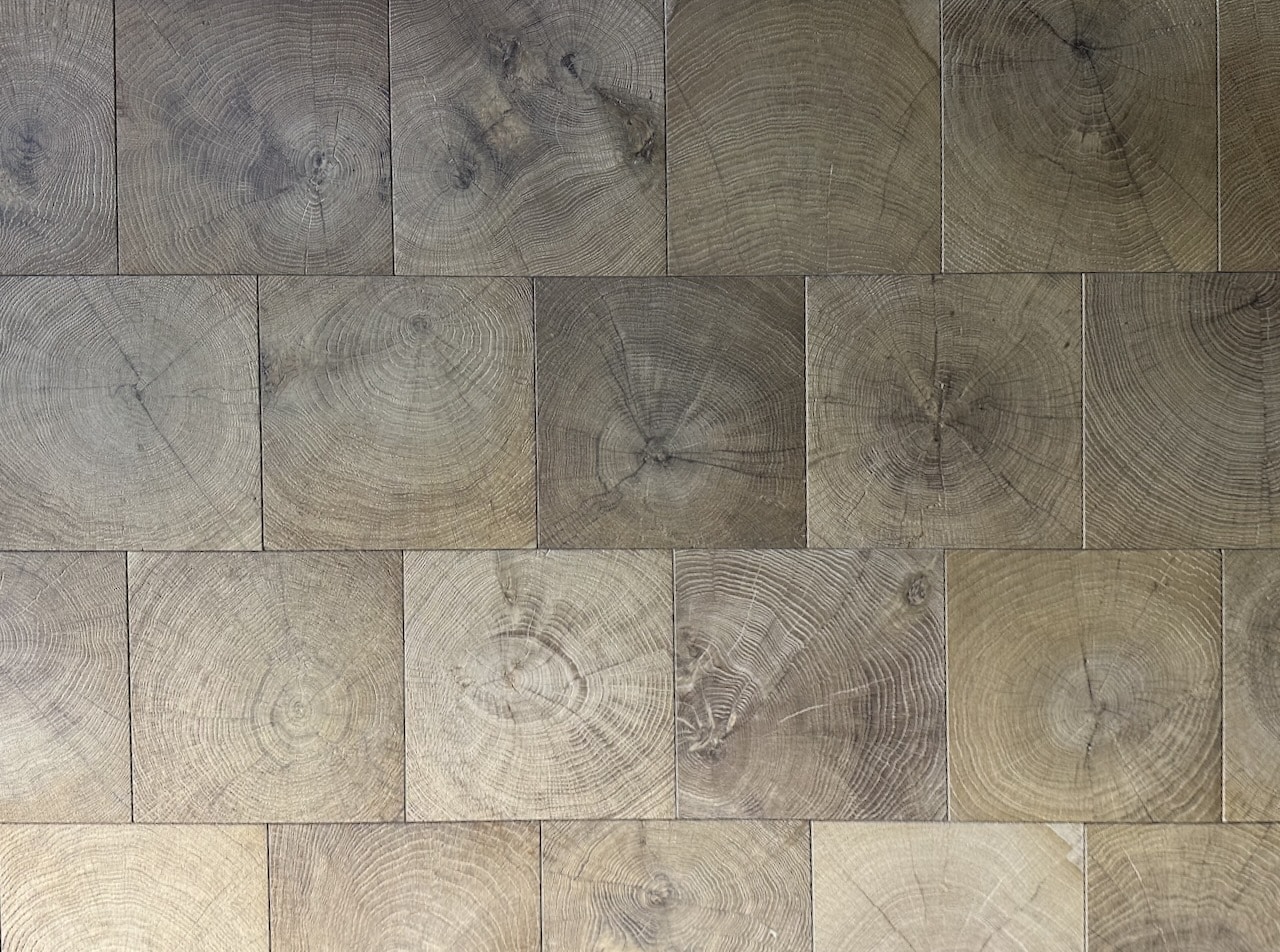The Discerning Difference: European Oak vs. American White Oak Flooring in New Zealand
Choosing the perfect timber floor can feel overwhelming. From the vast array of wood species to aesthetic considerations and performance needs, it’s a decision that requires careful thought. Today, we delve into the world of oak flooring, specifically comparing European oak and American white Oak, two titans of the hardwood flooring industry. Understanding these distinctions empowers you to make an informed decision for your New Zealand timber flooring project.
European Oak: Rich Character and Durability
European oak (Quercus robur) reigns supreme for its timeless appeal and exceptional resilience. Here’s a breakdown of its key characteristics:
- Colour: European oak boasts a warm, honey-like medium brown colour, often slightly darker than its American counterpart [1].
- Grain Pattern: This oak variety features a distinctive, wavy grain pattern with prominent knots and swirls, lending a touch of rustic charm [2]. In some instances, you might even encounter “burr,” a unique and eye-catching figuring [2].
- Stability: European oak is renowned for its dimensional stability, making it a preferred choice for areas with fluctuating humidity levels like kitchens and bathrooms [3]. While pre-finished options are available, European oak is also commonly finished on-site in New Zealand to achieve a custom look and feel.
American White Oak: A Lighter Touch and Modern Appeal
Hailing from North America, American white oak (Quercus alba) offers a distinct aesthetic perfect for contemporary spaces. Let’s explore its defining features:
- Colour: American white oak exhibits a lighter tan colour with occasional pinkish and yellow hues, creating a more subtle and modern look [2].
- Grain Pattern: This species showcases a straighter, more uniform grain pattern, ideal for those seeking a clean and minimalist aesthetic [2].
- Rot Resistance: American white oak is celebrated for its exceptional resistance to rot and decay due to its closed cellular structure [4]. American white oak is often pre-finished, but site-finishing is also an option.
Here’s a table summarising the key differences:
| Feature | European Oak | American White Oak |
|---|---|---|
| Colour | Warm, honey-like medium brown | Lighter tan with occasional pink/yellow hues |
| Grain Pattern | Wavy, prominent knots and swirls | Straighter, more uniform |
| Stability | Excellent for areas with fluctuating humidity | Good stability |
| Rot Resistance | Good | Excellent |
| Finishing (NZ) | Pre-finished or site-finished | Pre-finished or site-finished |
Choosing the Right Oak for You:
Ultimately, the best oak variety for your project hinges on your desired aesthetic and performance needs.
- European oak shines in traditional and rustic settings, and its exceptional stability makes it ideal for high-traffic areas and rooms with fluctuating humidity. The ability to achieve a custom finish on-site can also be a major advantage.
- American white oak complements modern and minimalist design, and its superior rot resistance makes it well-suited for moisture-prone areas. Pre-finished options offer a quicker installation process.
Additional Considerations:
- Hardness: Both European and American white oak are considered very hard and durable woods [5].
- Price: European oak typically commands a higher price point compared to American white oak [1].
Beyond the Basics:
While European oak and American white oak represent the most commonly used oak varieties for flooring, there are other options to explore, each with its unique characteristics. Here are a few examples:
- French Oak: Renowned for its beautiful knots and graining, perfect for rustic elegance [6].
- English Oak: Offers a lighter colour spectrum compared to other European oaks, ideal for creating a bright and airy feel [6].
- American Red Oak: Provides a reddish-brown hue, perfect for those seeking a warmer, more traditional look [7].
Understanding the distinctions between European oak and American white oak empowers you to make an informed decision for your timber flooring project in New Zealand. Whether you crave the rich character of European oak or the light sophistication of American white oak, both offer enduring beauty and exceptional performance.
Further Reading:
[1] Duffield Timber: European Oak vs. American White Oak: Colour, Properties & Uses
[2] The Reclaimed Flooring Company: American Oak VS European Oak: Key Differences
[3] WOCA Woodcare: White Oak: What’s the Difference?
[4] Castle Bespoke Flooring: European White Oak v/s American White Oak

